What comes to your mind when you hear the word “ORIGAMI”? Folded paper cranes? Colourful Washi paper? Origami is the traditional Japanese art of folding a sheet of paper into various shapes such as birds, animals and many other things without using scissors or glue. For centuries, origami has been a favourite leisure activity for people throughout Japan.
Ceremonial origami and entertainment origami
Origami can be categorised into two parts, ceremonial origami which is used in the ritual and the other is entertainment origami. The folding of paper firstly developed as decorations related to religion and ceremonies. In Kamakura Period (1185 to 1333), it becomes a custom to exchange gifts among samurai warriors. These gifts are wrapped with a paper or offered with a piece of paper. These manners and customs still remain and “auspicious decoration for gift” are used for the presents such as year-end presents and gifts for celebration. Custom of exchange gifts at some special occasions also remains even today in Japan.
On the other hand, entertainment origami started spreading out in Muramachi Period (1336 to 1573) but very gradually as paper used for origami was still very expensive and only wealthy people could have them. They became popular as an entertainment tool in Edo Period (1603 to 1868) after paper making technique was developed and cheaper paper became available. Kimono material with pattern of paper cranes worn by a lady could be seen in one of the Ukiyoe pictures below.
(Yoko)
Became interested in tea ceremony? koi Travel offers you unique cultural experiences!
Related Articles
Koicha (thick green tea) and usucha (thin green tea) in authentic tea ceremony.
How did tea ceremony started and become sophisticated in Japanese culture?

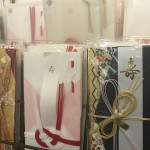
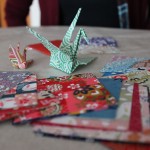
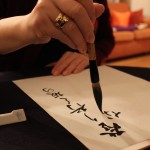
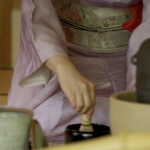
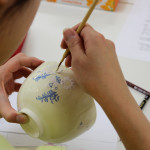
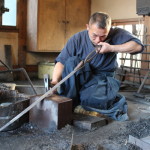
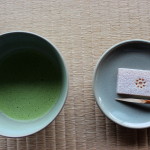 Tea ceremony was established as a way of hosting guests
Tea ceremony was established as a way of hosting guests